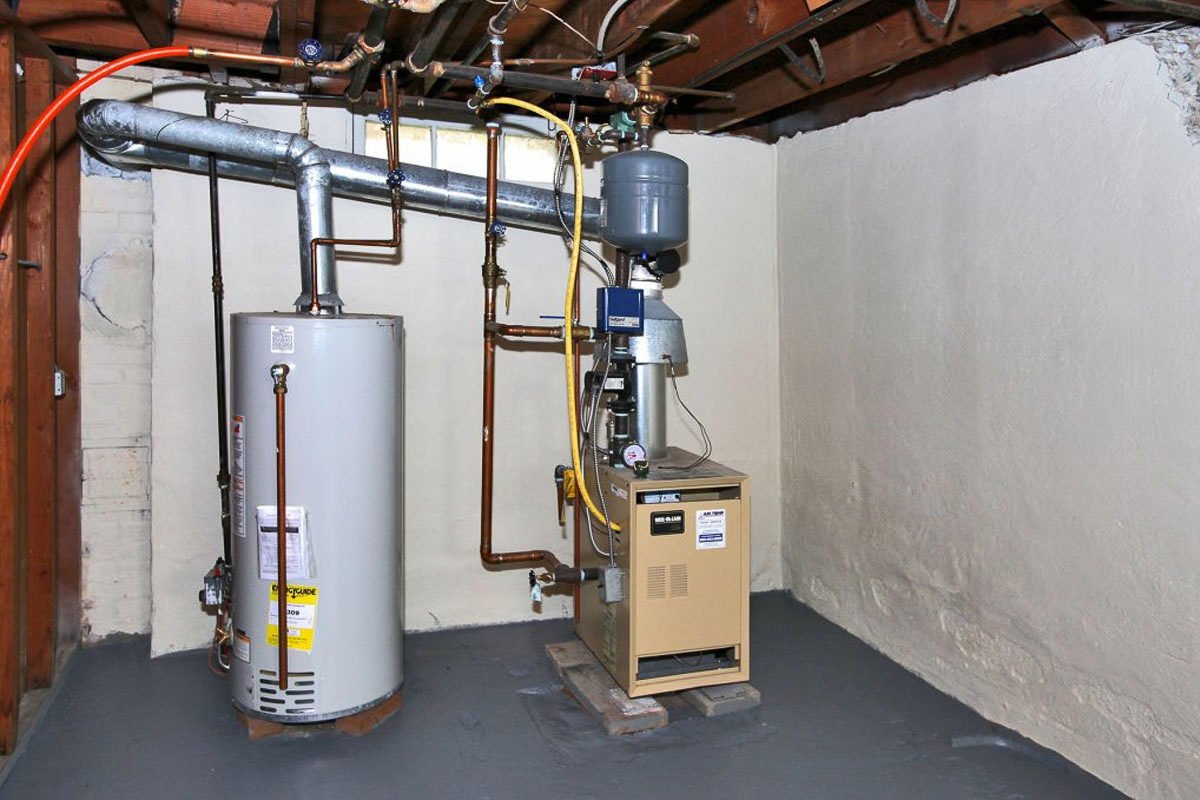
The Ultimate Guide to Swapping Tankless Coils in Boilers to Upgrade Your Heating System
As winter approaches, ensuring your home’s heating system is efficient and reliable becomes a top priority. For those with boilers, one key component that significantly impacts performance is the tankless coil. In this comprehensive guide, we explore the importance of tankless coils in boilers and discuss the benefits of swapping them to upgrade your heating system.
Understanding Tankless Coils in Boilers
Before delving into the upgrade process, it’s essential to understand the role of tankless coil in boiler. Tankless coils, also known as “domestic hot water coils,” are integral to the operation of many residential boilers. They function as a heat exchanger, transferring heat from the boiler to the water that flows through the coil.
This heated water is then used for various domestic purposes, such as providing hot water for showers, washing dishes, and space heating. While tankless coils have been a standard feature in many boilers, their efficiency and performance may not meet the demands of modern households.
The Limitations of Traditional Tankless Coils
Traditional tankless coils have limitations that can impact the overall efficiency of your heating system. One significant drawback is the dependency on the boiler’s burner to produce hot water. This means that during the heating season, when the boiler is running, hot water is readily available. However, in the offseason or during warmer months, when the boiler is not operating as frequently, the availability of hot water may be compromised.
Additionally, traditional tankless coils may struggle to meet the increased demand for hot water in larger households. This can result in inadequate hot water supply during peak usage times, leading to discomfort and inconvenience.
Benefits of Upgrading Tankless Coils
Upgrading tankless coils in boilers presents a myriad of benefits that address the limitations of traditional systems. Consider the following advantages:
Increased Energy Efficiency:
Modern tankless coils are designed with enhanced energy efficiency in mind. Upgrading to a more efficient coil can contribute to lower energy consumption, reducing utility costs and environmental impact.
Consistent Hot Water Supply:
Upgraded tankless coils can provide a more consistent and reliable hot water supply, regardless of the boiler’s operational status. This is especially beneficial during the offseason when the boiler is not actively heating the home.
Higher Hot Water Production:
Improved technology allows modern tankless coils to produce a higher volume of hot water, making them suitable for larger households with increased demand. This ensures that your heating system can meet the hot water needs of a growing family.
Reduced Maintenance Requirements:
Upgraded tankless coils often come with features that reduce maintenance requirements. These features may include self-cleaning mechanisms or materials that resist the buildup of scale and sediment, improving the longevity and reliability of the heating system.
Compatibility with Alternative Energy Sources:
Some upgraded tankless coils are designed to work seamlessly with alternative energy sources, such as solar or geothermal systems. This compatibility allows homeowners to integrate eco-friendly solutions into their heating systems.
The Upgrade Process: A Step-by-Step Guide
Now that the benefits are clear, let’s outline the step-by-step process of upgrading tankless coils in boilers:
Assessment:
Begin by assessing the current state of your boiler and tankless coil. Consider factors such as age, efficiency, and the demands of your household. This evaluation will help determine whether an upgrade is necessary.
Research and Selection:
Research modern tankless coil options available in the market. Look for models that align with your heating system’s specifications and offer the features you desire. Consult with heating professionals for expert advice on the most suitable upgrade for your boiler.
Professional Installation:
While some homeowners may attempt DIY projects, upgrading tankless coils in boilers is best left to professionals. Hire a licensed and experienced HVAC technician to ensure proper installation, compliance with safety standards, and optimal performance.
Testing and Calibration:
Once the new tankless coil is installed, the system should be thoroughly tested and calibrated. This ensures that the upgraded coil integrates seamlessly with the boiler, providing efficient and reliable hot water production.
Regular Maintenance:
To maximize the lifespan and performance of the upgraded tankless coil, adhere to a regular maintenance schedule. This may include flushing the coil to remove sediment and checking for any signs of wear or malfunction.
Conclusion
In conclusion, swapping tankless coils in boilers to upgrade your heating system is a significant investment that can greatly improve the efficiency and performance of your home’s heating. By replacing outdated tankless coils with modern, high-efficiency units, homeowners can enjoy increased energy savings and improved comfort. Additionally, this upgrade can also contribute to a more environmentally friendly household by reducing energy consumption. With proper maintenance and professional installation, the benefits of upgrading tankless coils in boilers are numerous and long-lasting. Consider consulting with a qualified HVAC professional to explore the best options for your specific needs and take the first step towards a more efficient and sustainable heating system for your home.



